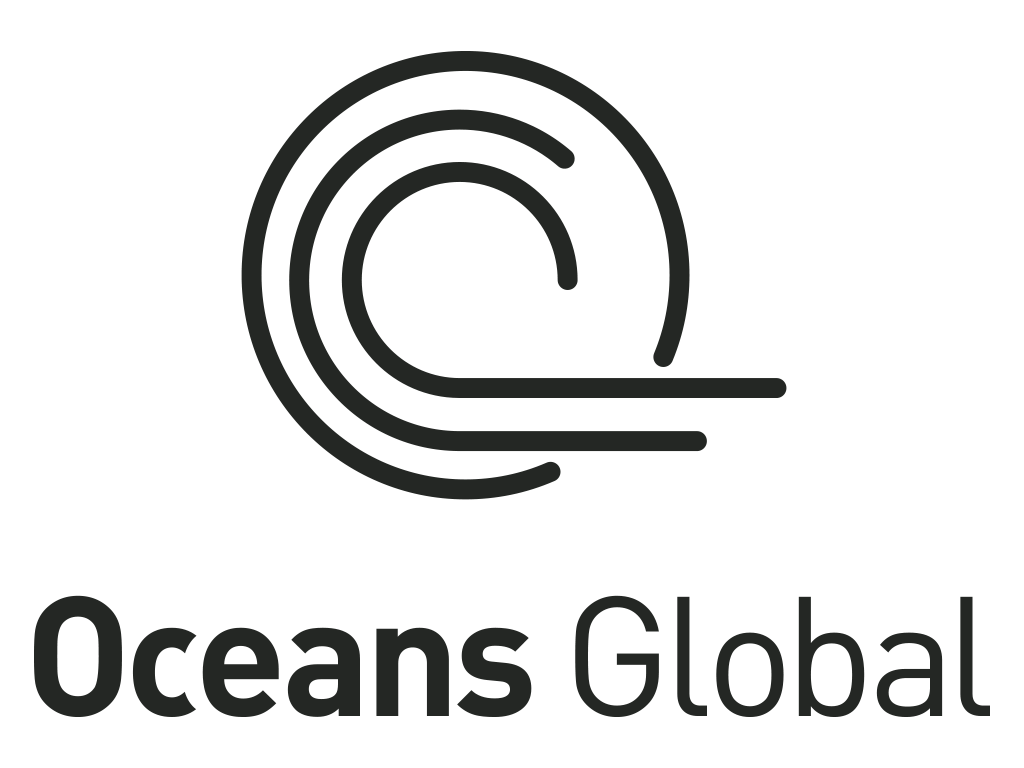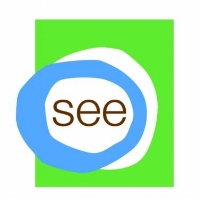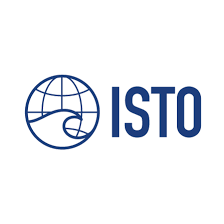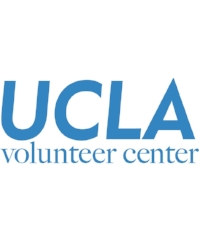There’s Nothing a Good Day of Surfing Can’t Cure
/Article originally published by Surfline.com; written by Beau Flemister.
Photo by @Stretch922
When I was young, my dad had one of those classic, working man’s Toyota Tacoma carpenter trucks — long-bed brimming with tools, cords, hoses, generators, compressors, discarded Diet Mountain Dew cans and various ladders lodged precariously upon custom welded pipe racks. He simultaneously both loved that truck to death and treated it like shit. But I’d know that when I would hear him whistling a tune as he pulled into the driveway, there were waves and he was going surfing. If I did not hear that shrill, happy whistle, he was not surfing.
I also remember that the tailgate and rear dash were covered with an array of still-breathing and since-shuddered surf company stickers, most of which I was responsible for applying on said-tailgate. There was one sticker that always struck me, though. It was a rectangular message from an old tail grip company called Tractop that read: There’s nothing a good day of surfing can’t cure.
I often wondered about that statement many times. The “nothing” part seemed so bold, so uncompromisingly certain. It seemed like hyperbole to me, even as a 14-year-old grom. But also, a part of me fantasized that maybe, just maybe it was true. That surfing could be that powerful. Like a remedy. Like an antidote. Like a vaccine for the most profound ailments.
Before surfing, the sea as a place of healing — with therapeutic functions and usages — is nothing too entirely recent. Of course, that all came centuries after a fierce fear of the place. Greek and Mayan myths, pirate stories of sea monsters and Biblical verse pretty much unanimously warned everyone: Stay the f–k out of that vicious, churning aquatic wilderness. At least, in the Western world. Polynesians, Pacific Islanders, and other wayfaring cultures, however, didn’t seem to share those fears.
But by the late-16th Century, English doctors started prescribing cold water to help jumpstart the body, or at least shock it out of melancholy, “hysteria,” and other maladies of the time. Cold water turned into cold seawater, and by mid-18th Century, European docs were prescribing beach days and ingesting pints of saltwater. Seaside spas and resorts began to pop up and by 1944 The Journal of the American Medical Association promoted the trilogy of sea, sun and air for a range of illnesses.
And the surfing part? Well, these days dozens of organizations and non-profits have created programs promoting nature, ocean therapy and surfing to ease symptoms in a number of conditions from autism to PTSD. The Jimmy Miller Memorial Foundation in South Bay, LA, for instance, has had an Ocean Therapy program for over 15 years now. This very program has helped both vets suffering from PTSD and at-risk youth from local shelter facilities. Mostly, through hopping up on a board and learning to ride waves…
If you’re a recovering addict/rehabbing…
For some, the traditional model — a rehab facility or even halfway house — might work for recovering addicts and outpatients, but for many, they’d probably appreciate a more creative, holistic, outdoorsy option. Many substance abusers often return to abusive behavior because they couldn’t connect with any of the activities their treatment facilities provided.
Enter groups like Oceans Global, an organization dedicated to helping individuals find peace of mind, maintain sobriety, and create healthy lifestyles through therapeutic water-based activities. Founded and run by avid watermen, Oceans Global offers half/full/multi day camps in California for residential recovery houses with programs providing experiences like: Surfing, Stand-Up Paddle Boarding, Beach Walks & Clean-Up, Fishing Trips, Introduction to Scuba/Free-Diving and more…
To read the article in full, click over to surfline.com






